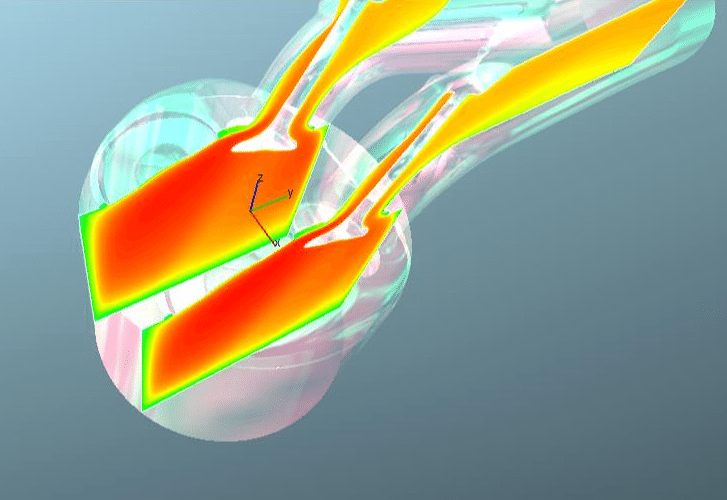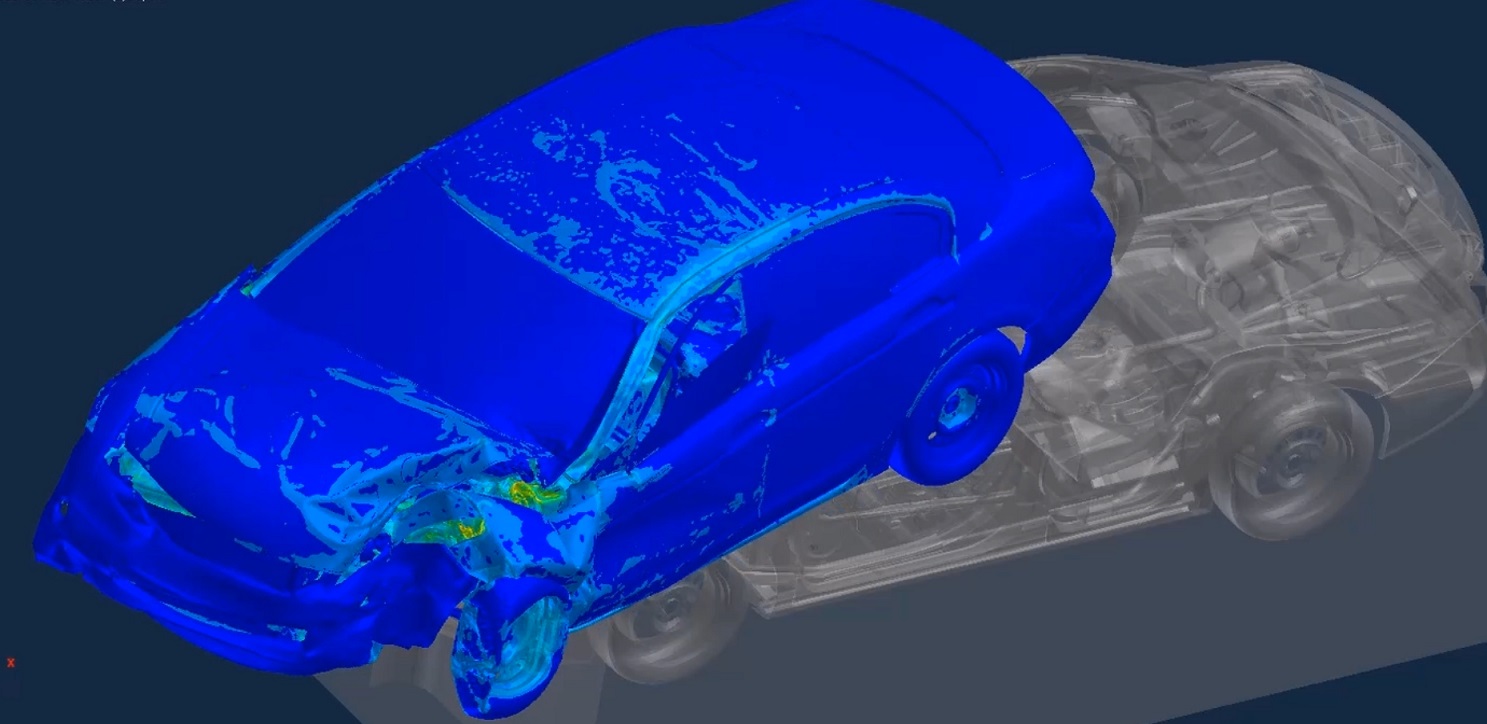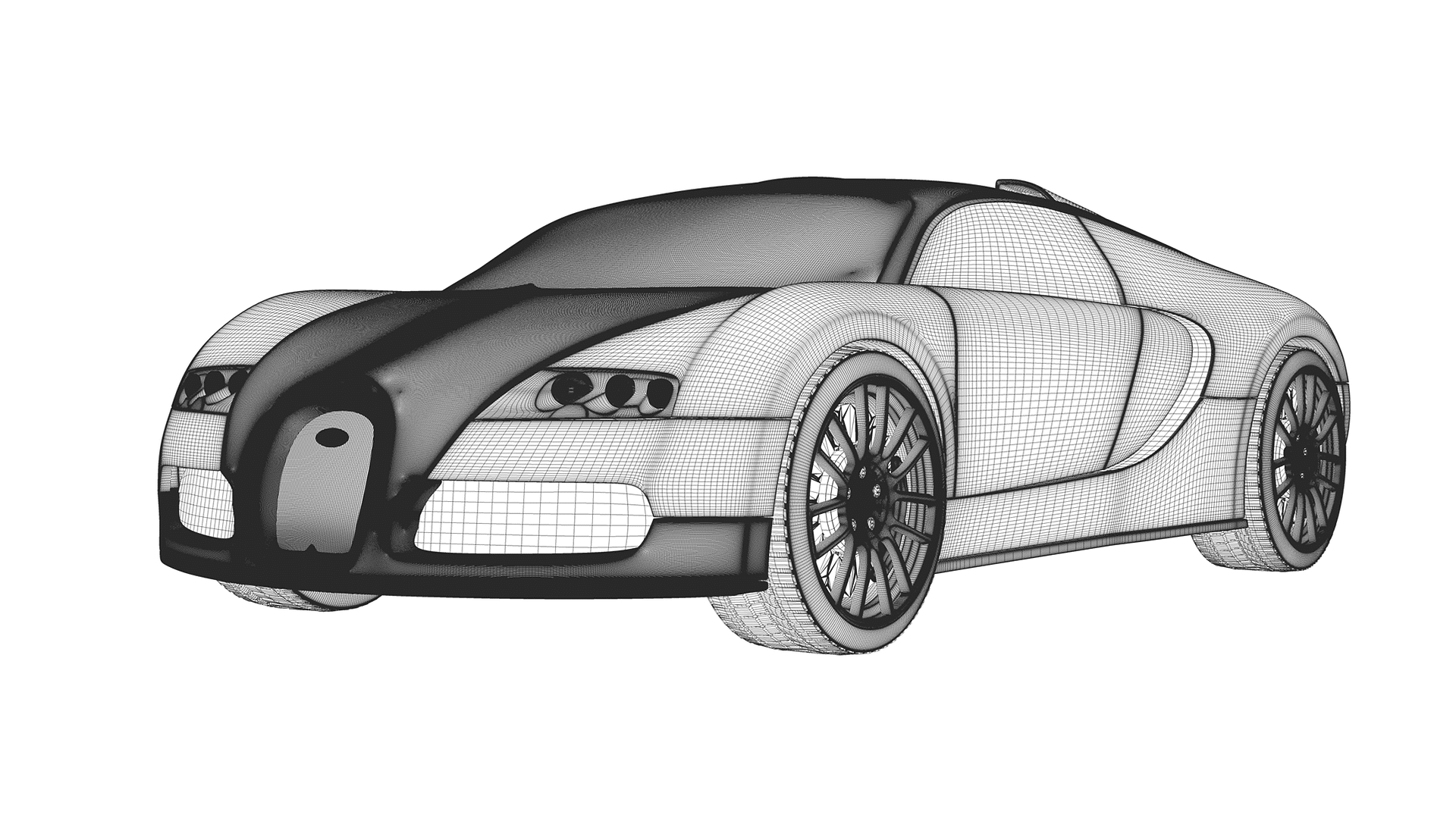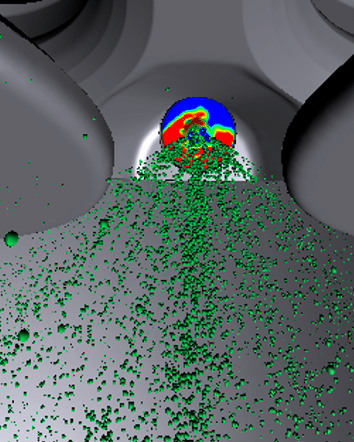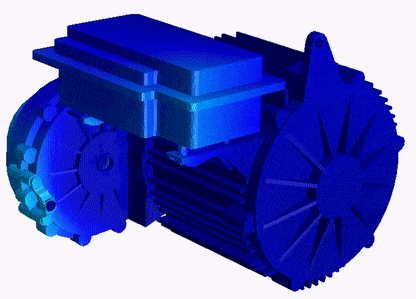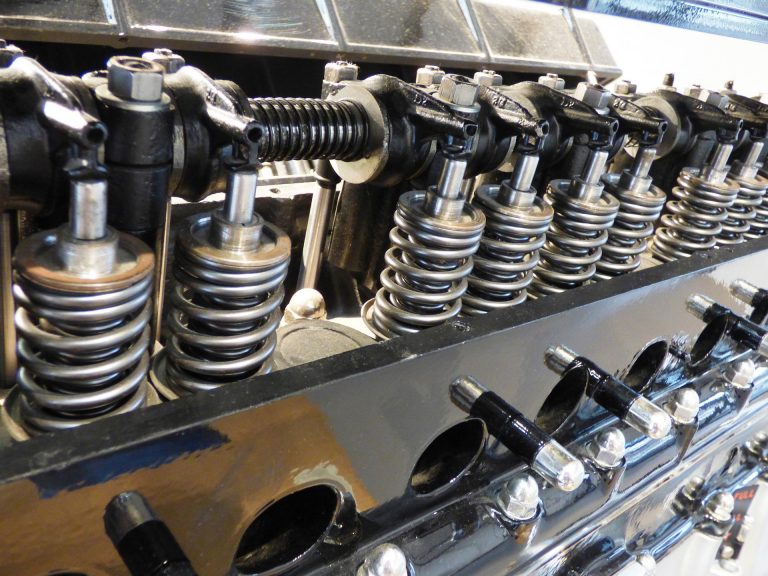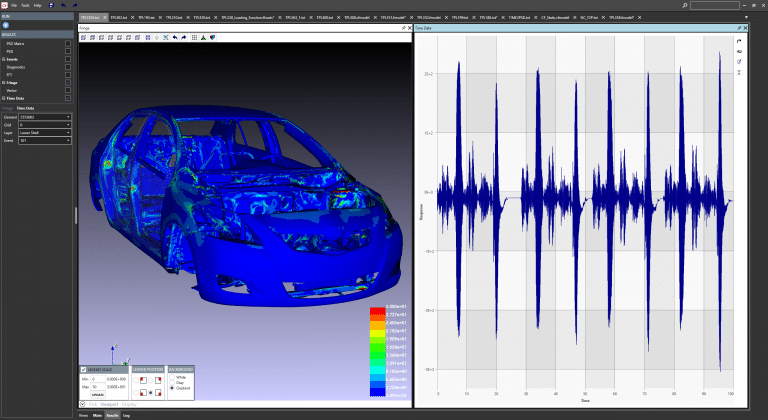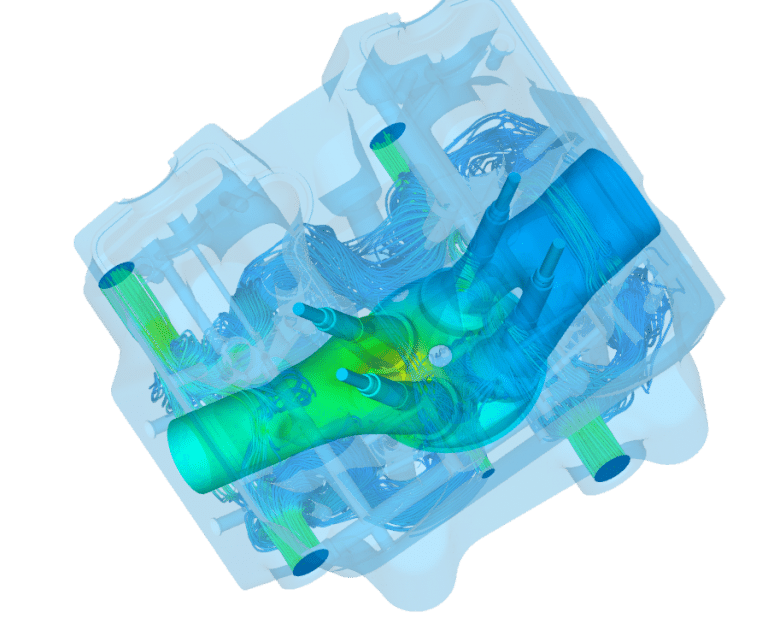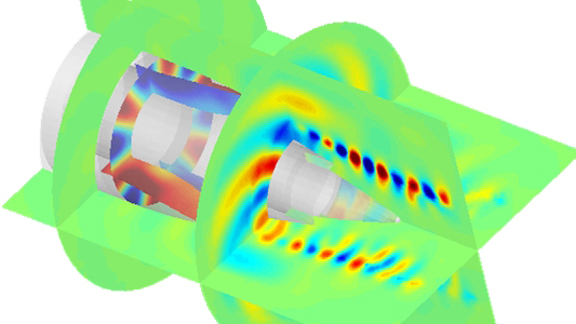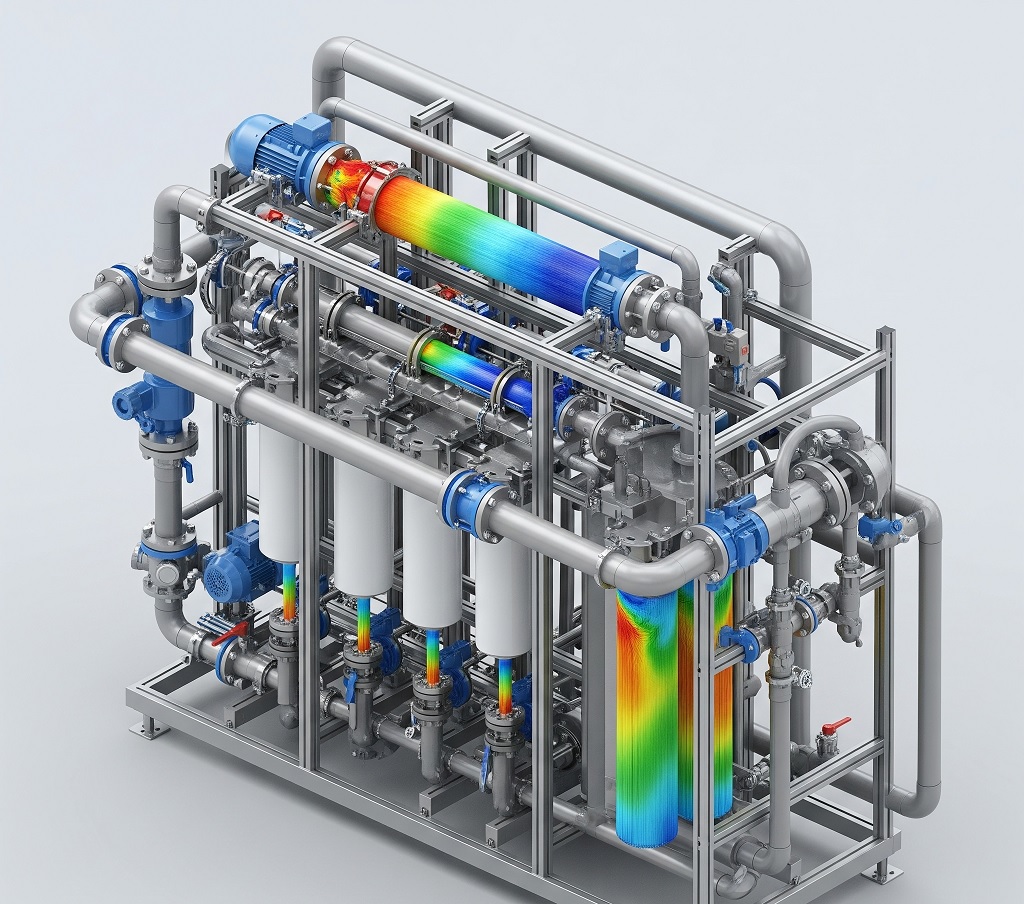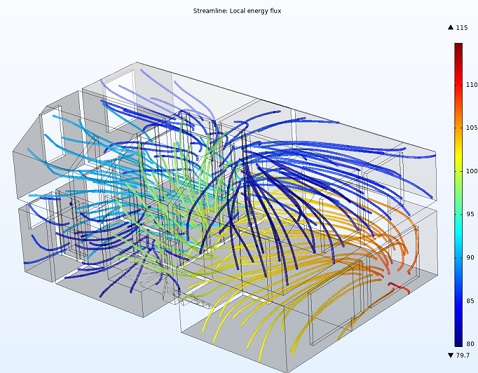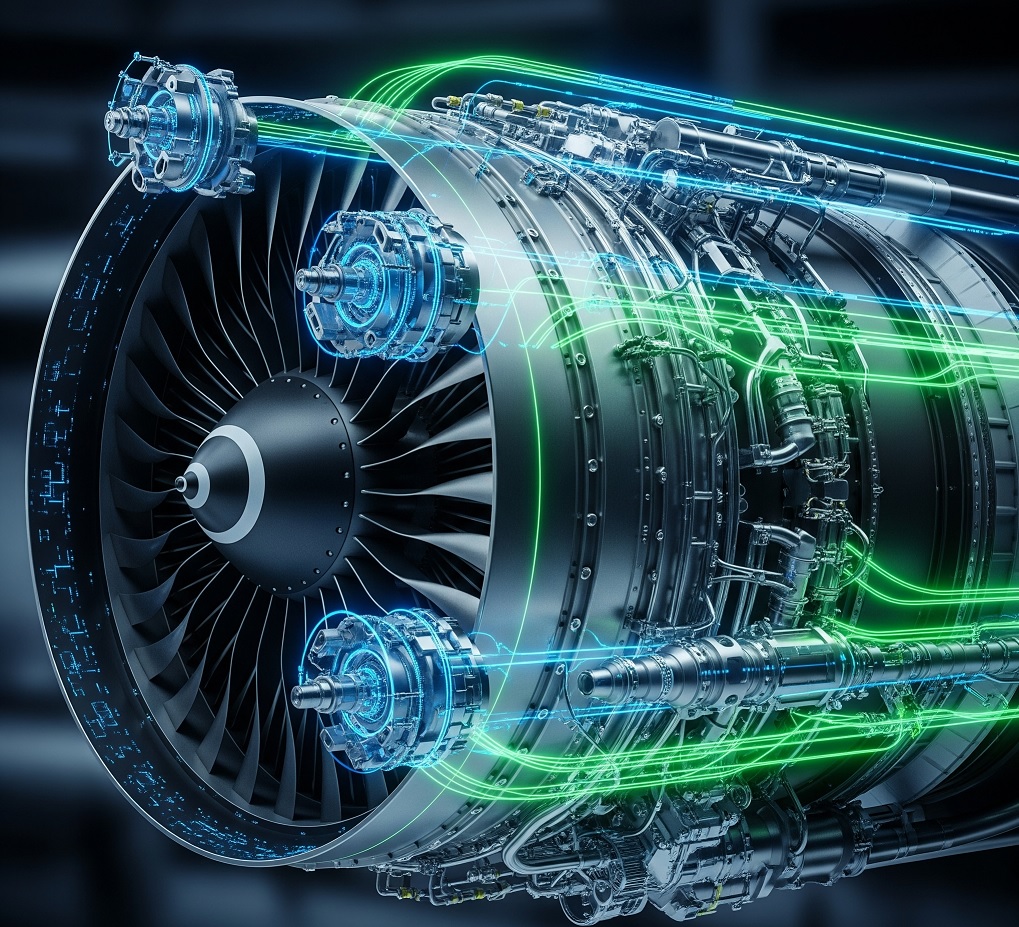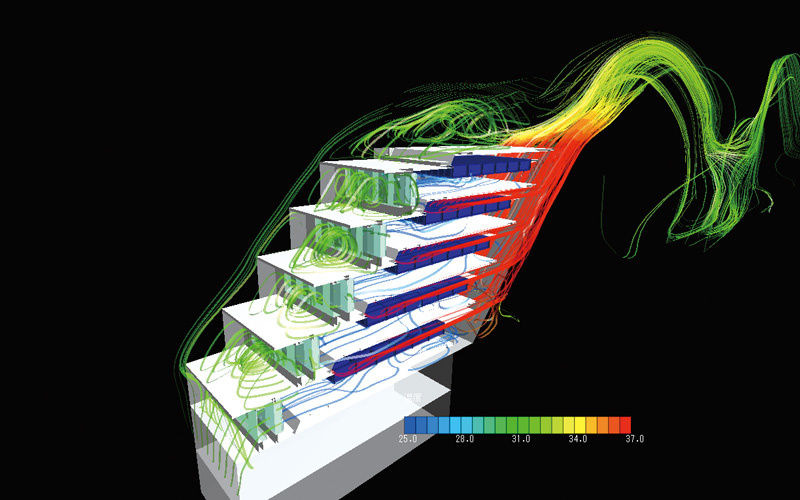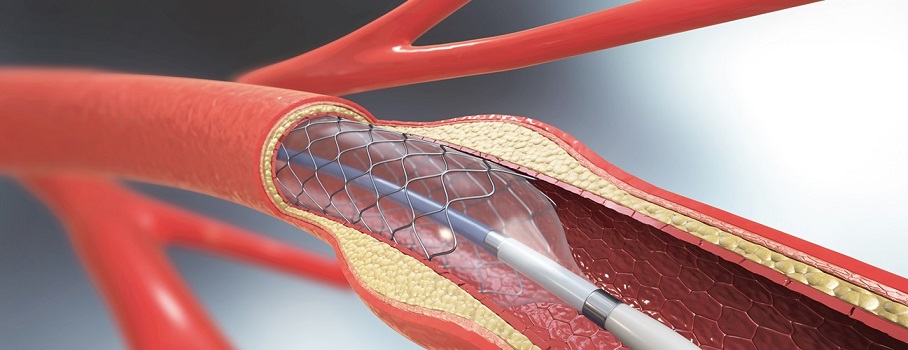Crash testing and crashworthiness are critical aspects of automotive safety engineering. Crash testing involves deliberately crashing a vehicle under controlled conditions in order to evaluate its safety performance in the event of a collision. Crashworthiness, on the other hand, refers to the ability of a vehicle to protect its occupants in the event of a crash.
LS-DYNA is a widely used finite element analysis software that is commonly used in the automotive industry for crashworthiness simulation. LS-DYNA offers a variety of tools for simulating different types of crashes, including frontal, side, and rear impacts.
During a crash, LS-DYNA can model the behavior of different materials, such as high-strength steel or composites, under impact. This includes modeling the deformation and failure of individual components and the overall vehicle structure.
LS-DYNA can also be used to evaluate the performance of different safety features, such as airbags and seat belts, and optimize their design for improved crashworthiness. This can involve modeling the behavior of airbags during deployment or evaluating the effectiveness of different types of seat belts.
In addition, LS-DYNA can be used to simulate different crash scenarios, including vehicle-to-vehicle and vehicle-to-barrier collisions, and evaluate the performance of the vehicle under these conditions. This can help us to identify potential areas of weakness in a vehicle's design and test different design modifications to improve crashworthiness.
